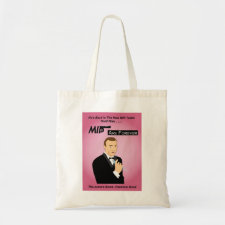
Authors: Zhang ZJ, Liu JW
Article Title: Improving molecularly imprinted nanogels by pH modulation.
Publication date: 2015
Journal: RSC Advances
Volume: 5
Issue: (110)
Page numbers: 91018-91025.
DOI: 10.1039/C5RA16777A
Abstract: Molecularly imprinted polymers (MIPs) are polymerized in the presence of a template molecule. After removing the template, the polymer scaffold can selectively rebind the template. The imprinting factor (IF) refers to the rebinding ratio of imprinted and non-imprinted polymers. Generally, the IFs of most reported MIPs are quite low (e.g. below 3.0). This is partially attributable to strong non-specific interactions. In this study, imprinted nanogels are prepared using two common dyes as templates, sulforhodamine B (SRhB) and fluorescein. By varying the buffer pH, non-specific electronic interactions between the template and the gels are reduced, leading to improved IF for the SRhB-MIPs from 1.5 (at pH 7.2) to 7.4 (at pH 9.0). At the same time, the binding capacity of the MIP remained similar. On the other hand, while pH tuning also improved the IF of the fluorescein-imprinted nanogels, the binding capacity dropped significantly. Using isothermal titration calorimetry (ITC), the SRhB-imprinted nanogels display a much higher affinity (Ka = 2.9 x 10^4 M-1) than the non-imprinted (Ka = 0.031 x 10^4 M-1) when rebinding is conducted in high pH (pH 9.0). This difference is mainly driven by enthalpy. This study suggests that pH tuning can be used to further improve MIPs
Template and target information: sulforhodamine B, SRhB, fluorescein



Join the Society for Molecular Imprinting

New items RSS feed
Sign-up for e-mail updates:
Choose between receiving an occasional newsletter or more frequent e-mail alerts.
Click here to go to the sign-up page.
Is your name elemental or peptidic? Enter your name and find out by clicking either of the buttons below!
Other products you may like:
 MIPdatabase
MIPdatabase









